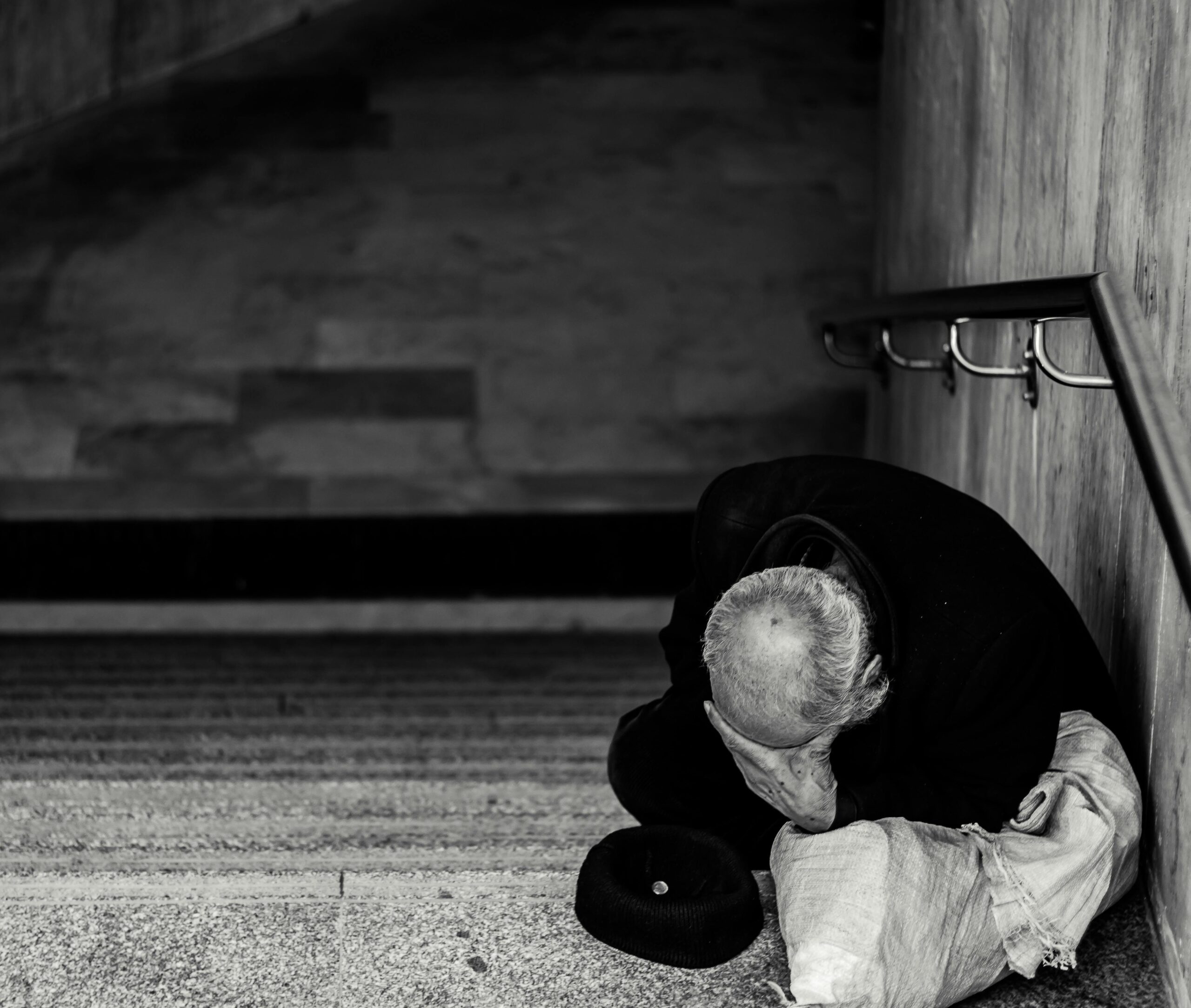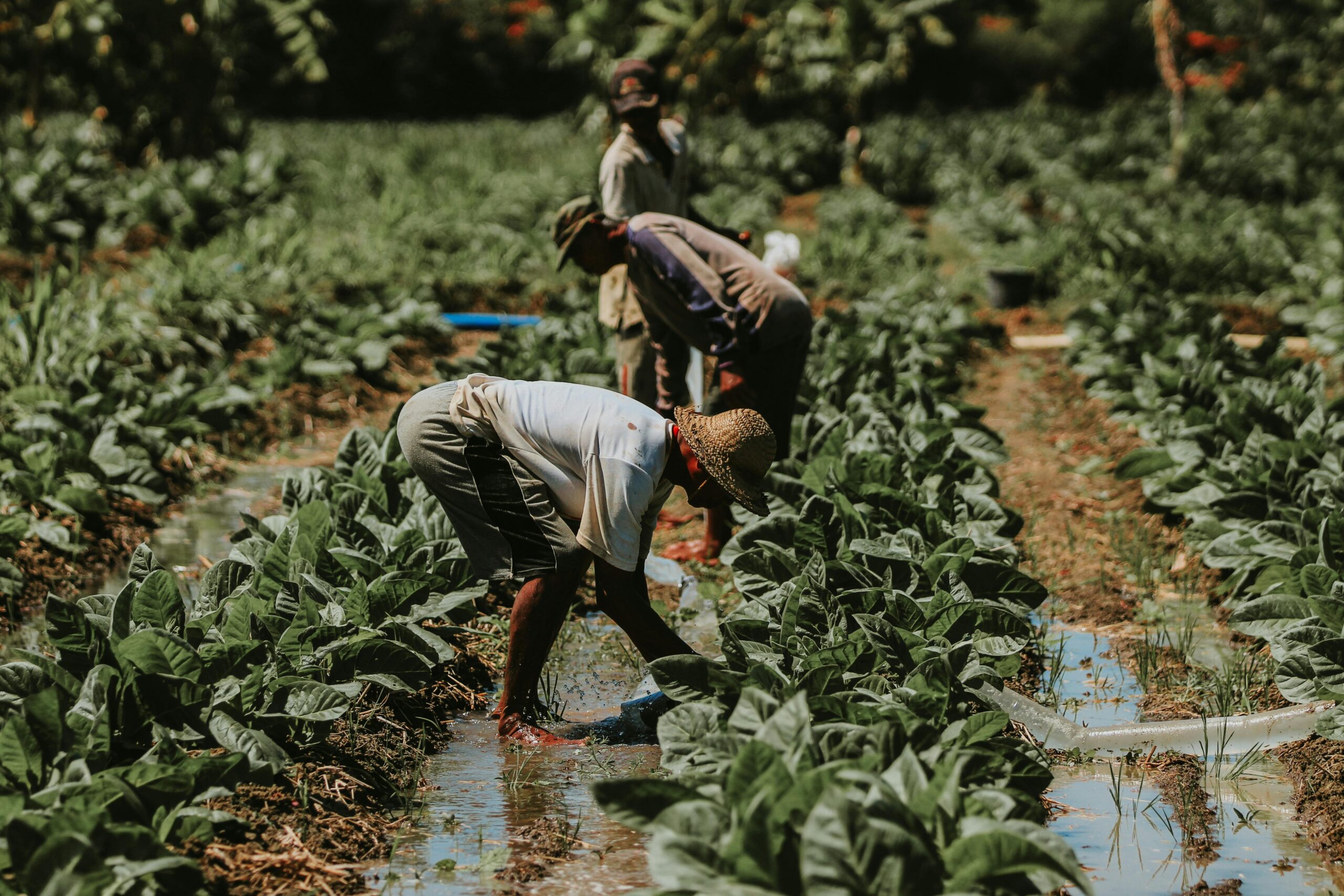Modern cities face unprecedented challenges from climate change, natural disasters, and growing inequality. Building urban resilience while advancing social equity has become essential for creating thriving, sustainable communities that protect all residents.
🏙️ Understanding Urban Resilience in the 21st Century
Urban resilience refers to the capacity of cities to absorb, adapt, and transform in response to stresses and shocks. These challenges range from sudden disasters like earthquakes and floods to chronic stresses such as poverty, inadequate infrastructure, and environmental degradation. However, resilience alone isn’t enough if it doesn’t address the fundamental inequalities that make certain populations more vulnerable than others.
The concept has evolved significantly over recent decades. Initially focused primarily on physical infrastructure and disaster preparedness, contemporary approaches recognize that true resilience must encompass social, economic, and environmental dimensions. Cities like Rotterdam, Singapore, and Medellín demonstrate how integrated resilience strategies can transform urban landscapes while addressing historical inequities.
What makes resilience truly effective is its ability to bounce forward rather than simply bounce back. This means using crises as opportunities to rebuild better, fairer systems that address underlying vulnerabilities. When Hurricane Katrina devastated New Orleans in 2005, the recovery process revealed stark disparities in how different communities could rebuild, highlighting the critical intersection between resilience planning and social justice.
The Social Equity Imperative in Urban Planning
Social equity in urban contexts means ensuring that all residents have fair access to opportunities, resources, and services regardless of their income, race, ethnicity, or neighborhood. This includes access to quality housing, education, healthcare, green spaces, transportation, and economic opportunities. Unfortunately, many cities have infrastructure and policies that perpetuate historical patterns of segregation and discrimination.
Vulnerable populations—including low-income communities, racial minorities, elderly residents, people with disabilities, and undocumented immigrants—often bear the brunt of urban challenges. They typically live in areas with higher exposure to environmental hazards, poorer quality housing, limited access to services, and fewer resources to recover from disasters. Climate change amplifies these disparities, as heat islands, flooding, and air pollution disproportionately affect marginalized neighborhoods.
Research consistently shows that neighborhoods with predominantly minority and low-income residents have fewer trees, more impervious surfaces, higher temperatures, and greater exposure to industrial pollution. These environmental injustices intersect with limited political power, making it harder for affected communities to advocate for improvements or participate meaningfully in planning processes.
🌉 Where Resilience Meets Equity: Creating Synergies
The most innovative cities recognize that resilience and equity aren’t competing priorities but mutually reinforcing objectives. Equitable resilience means designing systems and interventions that strengthen everyone’s capacity to withstand and recover from shocks, with particular attention to historically marginalized groups.
This approach requires rethinking traditional planning models. Instead of top-down decision-making by technical experts, equitable resilience planning involves genuine community participation, co-design processes, and recognition of local knowledge. Residents understand their neighborhoods’ vulnerabilities and assets better than anyone, and their insights are invaluable for developing appropriate solutions.
For example, when developing flood protection infrastructure, an equitable approach considers not just technical hydrology but also which neighborhoods have historically lacked investment, who will be displaced by new construction, and how projects can provide community benefits like parks and job opportunities. Green infrastructure solutions such as bioswales and permeable pavements can manage stormwater while beautifying neighborhoods and reducing heat island effects.
Economic Resilience and Inclusive Development
Economic vulnerability significantly undermines urban resilience. Families living paycheck to paycheck cannot afford emergency supplies, evacuation, or recovery costs. They’re more likely to live in substandard housing vulnerable to storms and extreme temperatures. Building economic resilience requires strategies that expand access to quality jobs, affordable housing, and financial services.
Progressive cities are implementing inclusive economic development strategies that prioritize local hiring, living wages, and workforce development programs. When infrastructure projects require contractors to hire locally and provide apprenticeships, they build both physical and human capital. Community benefit agreements ensure that major developments contribute to neighborhood improvements and economic opportunities rather than displacement.
Affordable housing preservation and production are critical resilience strategies. When long-term residents can stay in their neighborhoods, social networks remain intact, providing crucial support systems during emergencies. Mixed-income neighborhoods tend to be more resilient because they combine diverse resources and reduce concentrated poverty.
🌳 Environmental Justice as Resilience Strategy
Environmental justice focuses on ensuring that no population bears disproportionate environmental burdens or is excluded from environmental benefits. This principle aligns perfectly with resilience objectives because environmental hazards undermine community stability and wellbeing, while environmental amenities enhance adaptive capacity.
Urban greening initiatives exemplify how environmental improvements can advance both resilience and equity. Trees reduce flooding by absorbing stormwater, lower temperatures through shade and evapotranspiration, improve air quality, support mental health, and increase property values. Strategic tree planting in underserved neighborhoods addresses historical inequities while building climate resilience.
However, greening efforts must be implemented carefully to avoid “green gentrification,” where improvements trigger rising property values and displacement. Anti-displacement strategies include community land trusts, inclusionary zoning, rent stabilization, and property tax relief for long-term residents. Meaningful community engagement ensures that improvements reflect residents’ priorities rather than external agendas.
Water Management and Climate Adaptation
Water-related challenges—flooding, drought, water quality—disproportionately affect vulnerable communities and will intensify with climate change. Equitable water management strategies combine gray and green infrastructure with social programs to ensure universal access to clean, affordable water and protection from water-related hazards.
Cities like Philadelphia have pioneered green stormwater infrastructure programs that manage flooding while creating jobs and improving neighborhoods. Their Green City, Clean Waters initiative prioritizes low-income areas for rain gardens, green streets, and other installations that provide multiple community benefits. Training programs prepare local residents for green infrastructure careers, connecting environmental goals with economic opportunity.
💪 Building Social Infrastructure and Community Capacity
Physical infrastructure alone cannot create resilient cities. Social infrastructure—the networks, relationships, and institutions that connect people—is equally critical. Strong social ties enable neighbors to check on elderly residents during heat waves, share information during emergencies, and collectively advocate for improvements.
Community centers, libraries, schools, places of worship, and parks serve as crucial social infrastructure, providing gathering spaces where relationships form and information flows. These institutions often serve as emergency shelters and resource distribution points during disasters. Investing in social infrastructure is a high-return resilience strategy, particularly in underserved neighborhoods.
Community-based organizations play vital roles in resilience building. They understand local contexts, have established trust, and can mobilize residents effectively. Supporting these organizations through funding, technical assistance, and genuine partnership strengthens community capacity and ensures that resilience initiatives are culturally appropriate and locally relevant.
Participatory Governance and Decision-Making
Genuine equity requires shifting power dynamics in urban governance. Participatory budgeting, community planning processes, and resident advisory boards give community members direct influence over resource allocation and policy decisions. These mechanisms ensure that resilience investments reflect community priorities and that vulnerable populations have meaningful voice in decisions affecting them.
New York City’s participatory budgeting process allows residents to propose and vote on capital projects in their districts. Community members have funded improvements ranging from school technology to park renovations to flood prevention infrastructure. This direct democracy strengthens civic engagement while channeling resources toward community-identified needs.
🏘️ Housing as the Foundation of Equitable Resilience
Secure, quality, affordable housing is fundamental to both resilience and equity. Substandard housing exposes residents to extreme temperatures, structural failures, and health hazards. Housing instability disrupts education, employment, and social networks. Housing discrimination has created segregated neighborhoods with concentrated poverty and limited opportunities.
Resilient housing strategies must address both the physical quality of housing and its affordability. Building codes can require resilience features like backup power, storm-resistant construction, and energy efficiency. Retrofit programs help existing housing withstand hazards while reducing utility costs. Affordable housing production and preservation ensure that resilience improvements don’t trigger displacement.
Innovative housing models demonstrate possibilities for equitable resilience. Community land trusts separate land ownership from housing ownership, permanently preserving affordability while giving residents equity and stability. Cooperative housing gives residents collective ownership and control. Scattered-site affordable housing promotes economic integration rather than concentrating poverty.
🚊 Transportation Equity and Accessible Mobility
Transportation systems profoundly shape urban equity and resilience. Adequate transportation access enables employment, education, healthcare, and social connections. During emergencies, transportation determines who can evacuate and access services. Yet many cities have transportation systems designed primarily for private vehicles, disadvantaging those who cannot afford cars.
Equitable transportation resilience means developing multi-modal systems that provide reliable, affordable options for all residents. This includes robust public transit, safe bicycle infrastructure, pedestrian-friendly streets, and ensuring that vulnerable populations have priority access during emergencies. Transit-oriented development concentrates affordable housing near transportation, reducing car dependency while expanding opportunity.
Complete streets design creates roadways that safely accommodate pedestrians, cyclists, transit, and vehicles, making neighborhoods more livable while reducing carbon emissions. Traffic calming measures improve safety while building community. These interventions are particularly impactful in low-income neighborhoods where pedestrian fatalities are often concentrated.
📊 Measuring Progress: Equity-Focused Resilience Indicators
What gets measured gets managed. Cities need metrics that track both resilience and equity outcomes, revealing disparities and progress. Traditional resilience indicators often focus on aggregate citywide measures that obscure neighborhood-level inequities. Equity-focused metrics disaggregate data by geography, income, race, and other factors to reveal differential impacts.
Effective indicators might include:
- Distribution of green infrastructure and tree canopy across neighborhoods
- Exposure to environmental hazards by demographic group
- Access to emergency resources and services
- Housing affordability and stability rates
- Transportation access and commute times by income level
- Participation rates in resilience planning processes
- Economic opportunity and job quality indicators
- Community health outcomes and disparities
Regular community surveys and participatory data collection ensure that metrics reflect lived experiences and community-defined priorities. Data transparency and accessibility enable residents to hold institutions accountable and advocate effectively for their neighborhoods.
🌍 Learning from Global Examples
Cities worldwide are pioneering equitable resilience approaches, offering valuable lessons. Medellín, Colombia transformed from one of the world’s most dangerous cities to an innovation leader through integrated interventions addressing violence, poverty, and exclusion. Strategic investments in transportation, libraries, parks, and schools in marginalized neighborhoods promoted social inclusion while building community strength.
Cape Town, South Africa has developed sophisticated water demand management during severe drought while addressing apartheid’s legacy of unequal infrastructure. Informal settlement upgrading programs improve housing quality and services while recognizing residents’ tenure rights, building resilience without displacement.
Copenhagen’s climate adaptation plan addresses flooding through innovative green-blue infrastructure that doubles as recreational amenities. The city prioritizes vulnerable neighborhoods for early implementation, ensuring that climate investments reduce rather than reinforce inequities. Participatory planning processes incorporated diverse community perspectives.
🔮 Future Directions: Innovation and Integration
Creating truly equitable and resilient cities requires ongoing innovation, learning, and adaptation. Emerging technologies offer new tools for resilience building, from real-time hazard monitoring to distributed energy systems. However, technology alone cannot solve systemic inequities; it must be deployed thoughtfully with attention to digital divides and community priorities.
Integration across sectors and scales is essential. Resilience planning cannot remain siloed in emergency management departments but must inform comprehensive planning, economic development, housing policy, education, public health, and more. Regional coordination addresses challenges that transcend municipal boundaries while ensuring that resilience efforts don’t simply shift vulnerabilities between jurisdictions.
Climate change makes equitable resilience increasingly urgent. As extreme weather intensifies and sea levels rise, cities must transform rapidly while ensuring that adaptation doesn’t become another vehicle for displacement and exclusion. This requires sustained political will, adequate funding, institutional capacity, and most importantly, genuine commitment to centering equity in every decision.

🤝 The Path Forward: Collective Action for Stronger Cities
Building equitable urban resilience is not a technical problem to be solved but an ongoing process requiring collective commitment and action. It demands that cities confront uncomfortable histories of segregation and discrimination, redistribute resources and power, and fundamentally reimagine urban systems to serve everyone.
Progress requires collaboration across sectors, scales, and communities. Municipal governments, community organizations, businesses, universities, and residents all have essential roles. Philanthropies and federal governments can provide crucial resources and policy frameworks. International networks facilitate learning and knowledge sharing.
Ultimately, the intersection of resilience and equity reflects core questions about what kind of cities we want to create and who they serve. Cities that prioritize both resilience and equity build stronger social fabrics, more dynamic economies, healthier environments, and better quality of life for all residents. They demonstrate that we need not choose between preparing for future challenges and addressing present injustices—indeed, we cannot effectively do one without the other.
The work is challenging, requiring sustained effort, difficult tradeoffs, and willingness to challenge entrenched interests. Yet cities around the world prove that transformation is possible. By centering equity in resilience planning and recognizing resilience as an equity issue, we can build cities that not only survive future shocks but become more just, inclusive, and vibrant in the process.
Toni Santos is a global-policy researcher and ethical-innovation writer exploring how business, society and governance interconnect in the age of interdependence. Through his studies on corporate responsibility, fair trade economics and social impact strategies, Toni examines how equitable systems emerge from design, policy and shared vision. Passionate about systemic change, impact-driven leadership and transformative policy, Toni focuses on how global cooperation and meaningful economy can shift the scenario of globalization toward fairness and purpose. His work highlights the intersection of economics, ethics and innovation — guiding readers toward building structures that serve people and planet. Blending policy design, social strategy and ethical economy, Toni writes about the architecture of global systems — helping readers understand how responsibility, trade and impact intertwine in the world they inhabit. His work is a tribute to: The global commitment to equity, justice and shared prosperity The architecture of policy, business and social impact in a connected world The vision of globalization as cooperative, human-centred and regenerative Whether you are a strategist, policymaker or global thinker, Toni Santos invites you to explore ethical globalization — one policy, one model, one impact at a time.




